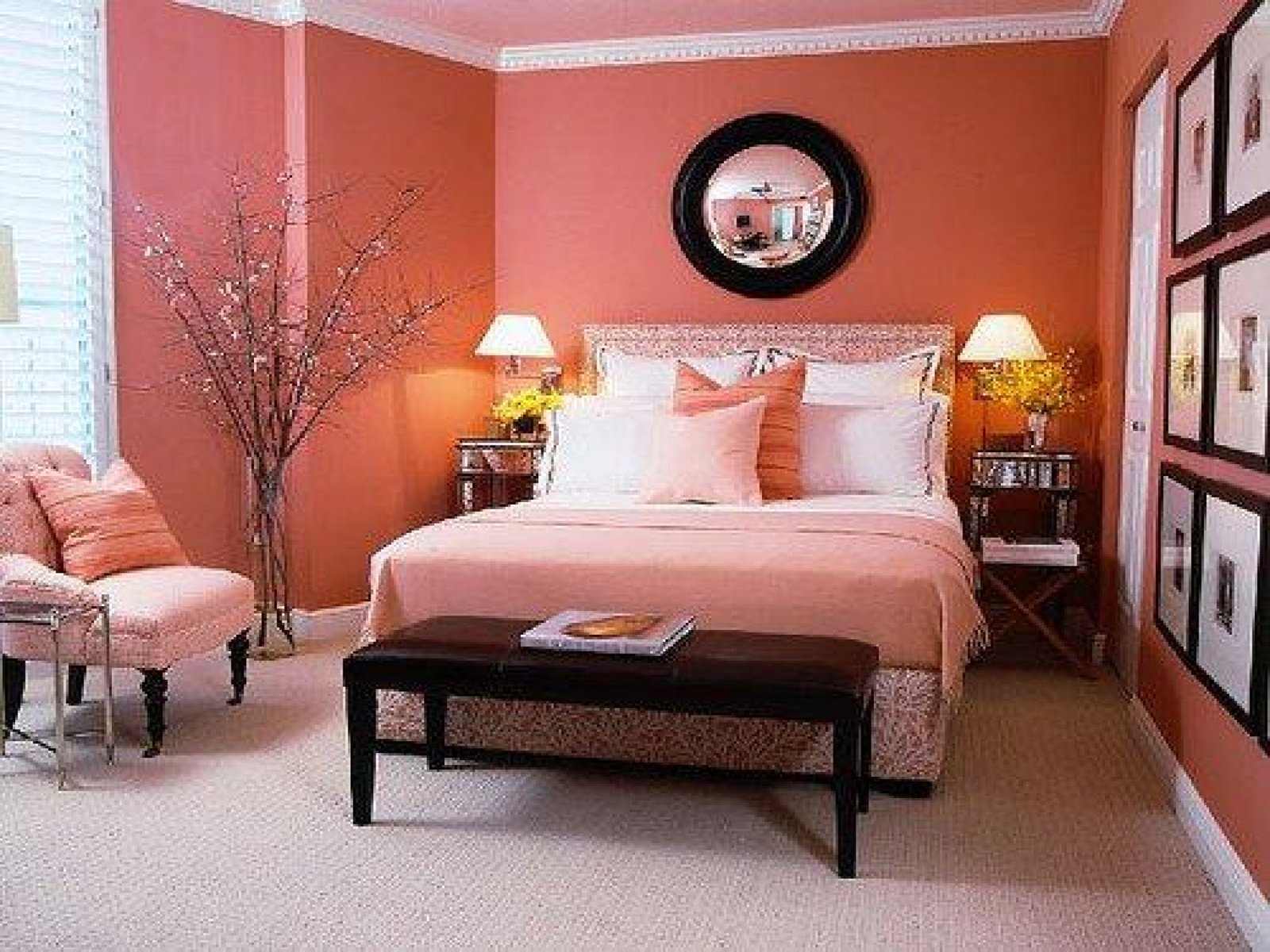When it comes to painting a high walled kitchen, one of the most important decisions you'll have to make is choosing the right paint. This will not only affect the overall aesthetic of your kitchen, but also its durability and maintenance. Consider factors such as the type of surface you'll be painting on, the color and finish you desire, and any special features like mold and mildew resistance. It's also important to use high-quality paint that can withstand the heat and moisture of a kitchen environment.1. Choosing the Right Paint for a High Walled Kitchen
Painting a high walled kitchen can be a daunting task, but with the right approach, it can be a smooth and successful project. One helpful tip is to start from the top and work your way down, so you don't have to worry about accidentally dripping paint onto areas you've already painted. It's also important to properly prep the space and use the right tools for the job. And don't forget to take breaks and pace yourself, as painting a high walled kitchen can be physically demanding.2. Tips for Painting a High Walled Kitchen
Preparation is key when it comes to painting a high walled kitchen. Start by covering your floors and furniture with drop cloths or plastic sheets to protect them from any potential drips or spills. Next, clean the walls with a mild detergent and water to remove any dirt, grease, or stains. If there are any holes or cracks, fill them in with spackling paste and sand them down for a smooth surface. Finally, tape off any areas you don't want to be painted, such as trim, outlets, and light switches.3. How to Prep a High Walled Kitchen for Painting
When it comes to painting a high walled kitchen, there are a few techniques that can make the job easier and more efficient. One popular method is using an extension pole for your paint roller to reach higher areas without having to use a ladder. Another helpful technique is using a "W" or "M" motion when rolling the paint onto the walls, which helps distribute the paint evenly and prevent streaks. And for hard-to-reach corners and edges, use a smaller paintbrush or painter's tape for clean lines.4. Painting Techniques for High Walled Kitchens
Choosing the right color for your high walled kitchen can be a fun and exciting decision. It's important to consider the overall style and feel of your kitchen, as well as any existing color schemes. Lighter colors can help make a space feel more open and airy, while darker colors can add drama and depth. It's also important to consider the amount of natural light in your kitchen, as this can affect how the color will appear on the walls. Some popular colors for high walled kitchens include shades of white, gray, blue, and green.5. Best Colors for Painting a High Walled Kitchen
Having the right tools for painting a high walled kitchen is crucial for achieving a professional-looking finish. Some essential tools you'll need include paint rollers, extension poles, paintbrushes, painter's tape, a ladder, a drop cloth or plastic sheet, and a paint tray. It's also a good idea to invest in high-quality, angled paintbrushes for reaching tight corners and edges, and a paint edger for clean lines along trim and ceilings.6. Tools You'll Need for Painting a High Walled Kitchen
If you don't have a ladder or are uncomfortable using one, there are still ways to paint a high walled kitchen effectively. One option is to use an extension pole for your paint roller, as mentioned earlier. Another option is to use a sturdy chair or step stool, making sure it is properly secured and has a stable base. You can also use a scaffolding system, which can be rented at most home improvement stores. Whichever method you choose, always prioritize safety and have someone nearby to assist if needed.7. How to Paint a High Walled Kitchen Without a Ladder
Deciding whether to tackle painting a high walled kitchen yourself or hiring a professional is a personal choice that depends on your budget, time, and skill level. While DIY projects can save money, hiring a professional can save time and ensure a high-quality finish. If you are not confident in your painting abilities or have a particularly large or complex kitchen, it may be worth investing in a professional. However, if you have the time and are willing to put in the effort, painting a high walled kitchen yourself can be a rewarding and cost-effective option.8. DIY vs Hiring a Professional for Painting a High Walled Kitchen
As mentioned earlier, it's important to properly protect your floors and furniture when painting a high walled kitchen. This will not only save you from potential damage, but also make clean-up much easier. Use drop cloths or plastic sheets to cover your floors and furniture, and secure them with tape or weights to prevent them from moving. If you have any heavy or immovable furniture, consider covering them with plastic and taping off the edges to protect them from any stray paint.9. How to Protect Your Floors and Furniture When Painting a High Walled Kitchen
While painting a high walled kitchen may seem straightforward, there are a few common mistakes that can easily be avoided with proper preparation and technique. Some mistakes to watch out for include not properly prepping the space, using low-quality or mismatched paint, not using the right tools for the job, and not allowing enough drying time between coats. It's also important to not rush the process, as this can result in a sloppy and uneven finish. By being mindful of these mistakes, you can ensure a successful and beautiful outcome for your high walled kitchen.10. Common Mistakes to Avoid When Painting a High Walled Kitchen
Why Painting a High Walled Kitchen is a Must-Have Design Element

Creating an Inviting and Spacious Atmosphere
 Painting a high walled kitchen is a design choice that instantly adds depth and character to any space. The use of color on tall walls can make a room feel more spacious and inviting, giving the illusion of a higher ceiling. This is particularly beneficial in smaller kitchens, where every inch counts. By utilizing
light, neutral colors
on the walls, you can create a bright and airy atmosphere that will make your kitchen feel bigger and more welcoming.
Painting a high walled kitchen is a design choice that instantly adds depth and character to any space. The use of color on tall walls can make a room feel more spacious and inviting, giving the illusion of a higher ceiling. This is particularly beneficial in smaller kitchens, where every inch counts. By utilizing
light, neutral colors
on the walls, you can create a bright and airy atmosphere that will make your kitchen feel bigger and more welcoming.
Adding Dimension and Visual Interest
 High walls in a kitchen can sometimes feel overwhelming and lack visual interest. By incorporating
bold and vibrant colors
into your painting scheme, you can add depth and dimension to the space. Consider using a
contrasting color
on the upper walls to draw the eye upwards, making the room feel taller and more dynamic. This can also be achieved through the use of
accent walls
, where one wall is painted a different color or pattern to create a focal point in the room.
High walls in a kitchen can sometimes feel overwhelming and lack visual interest. By incorporating
bold and vibrant colors
into your painting scheme, you can add depth and dimension to the space. Consider using a
contrasting color
on the upper walls to draw the eye upwards, making the room feel taller and more dynamic. This can also be achieved through the use of
accent walls
, where one wall is painted a different color or pattern to create a focal point in the room.
Bringing Personality to Your Kitchen
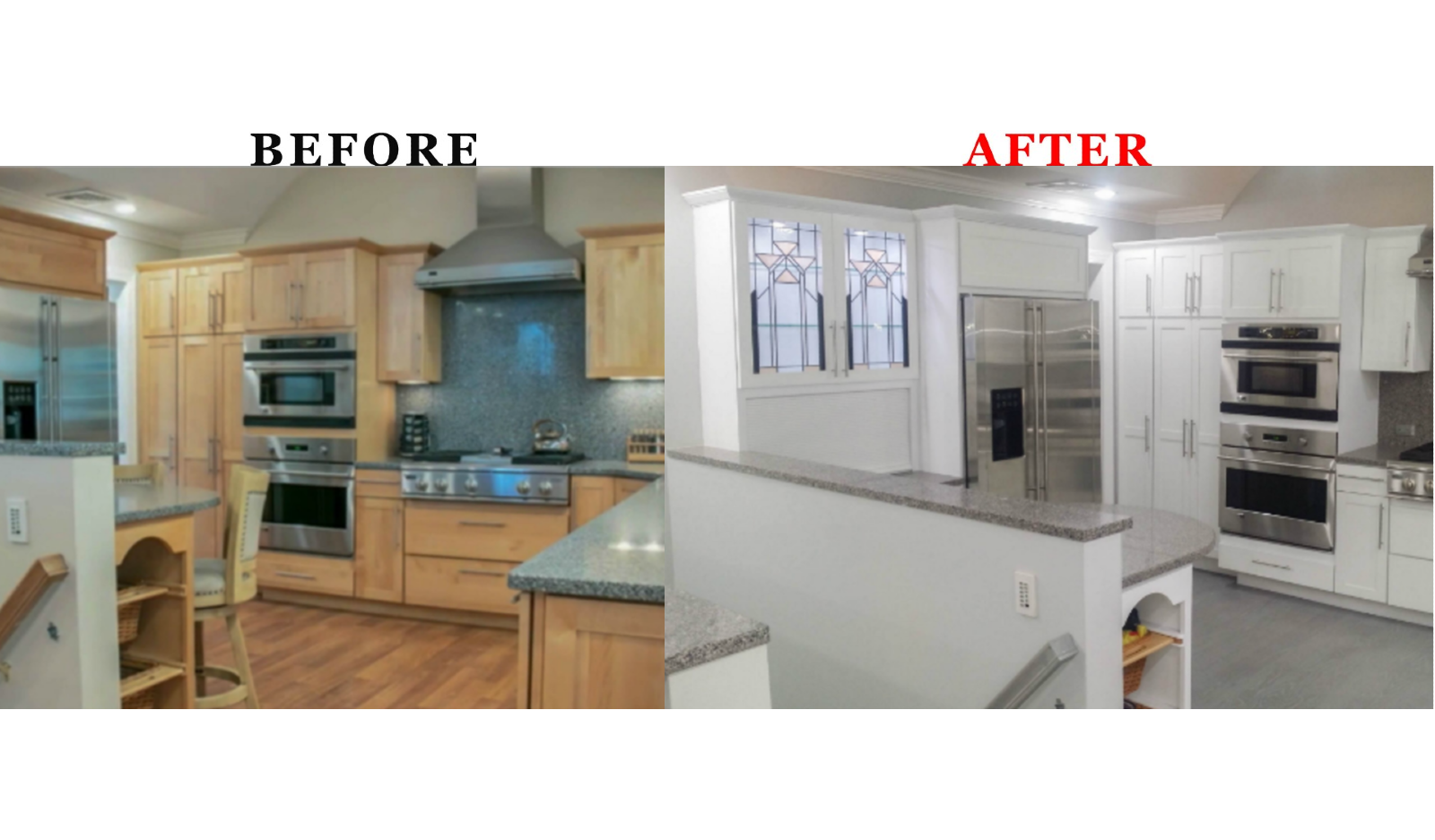 Your kitchen is the heart of your home, and it should reflect your personal style and taste. Painting the high walls in your kitchen is a great way to add your own unique touch to the space. Whether you opt for
bold and dramatic colors
or
softer, muted tones
, your kitchen walls can become a canvas for self-expression. You can also incorporate
texture
through techniques such as
faux painting
or
stenciling
to add even more personality to your kitchen walls.
Your kitchen is the heart of your home, and it should reflect your personal style and taste. Painting the high walls in your kitchen is a great way to add your own unique touch to the space. Whether you opt for
bold and dramatic colors
or
softer, muted tones
, your kitchen walls can become a canvas for self-expression. You can also incorporate
texture
through techniques such as
faux painting
or
stenciling
to add even more personality to your kitchen walls.
Practical Considerations
 Aside from the aesthetic benefits, painting high walls in your kitchen also has practical advantages. Kitchens are high-traffic areas that are prone to spills and stains. By painting the walls, you can create a
durable and easy-to-clean surface
that will withstand daily wear and tear. You can also use specialized paints such as
semi-gloss or satin finishes
that are designed for high-moisture areas like kitchens, making them more resistant to water and grease.
In conclusion, painting a high walled kitchen is a design element that not only adds visual interest and personality to your space but also has practical benefits. So why settle for plain, boring walls when you can transform your kitchen into a stunning and functional room with the stroke of a paintbrush? Consider incorporating this design element into your kitchen and watch as it becomes the highlight of your home.
Aside from the aesthetic benefits, painting high walls in your kitchen also has practical advantages. Kitchens are high-traffic areas that are prone to spills and stains. By painting the walls, you can create a
durable and easy-to-clean surface
that will withstand daily wear and tear. You can also use specialized paints such as
semi-gloss or satin finishes
that are designed for high-moisture areas like kitchens, making them more resistant to water and grease.
In conclusion, painting a high walled kitchen is a design element that not only adds visual interest and personality to your space but also has practical benefits. So why settle for plain, boring walls when you can transform your kitchen into a stunning and functional room with the stroke of a paintbrush? Consider incorporating this design element into your kitchen and watch as it becomes the highlight of your home.



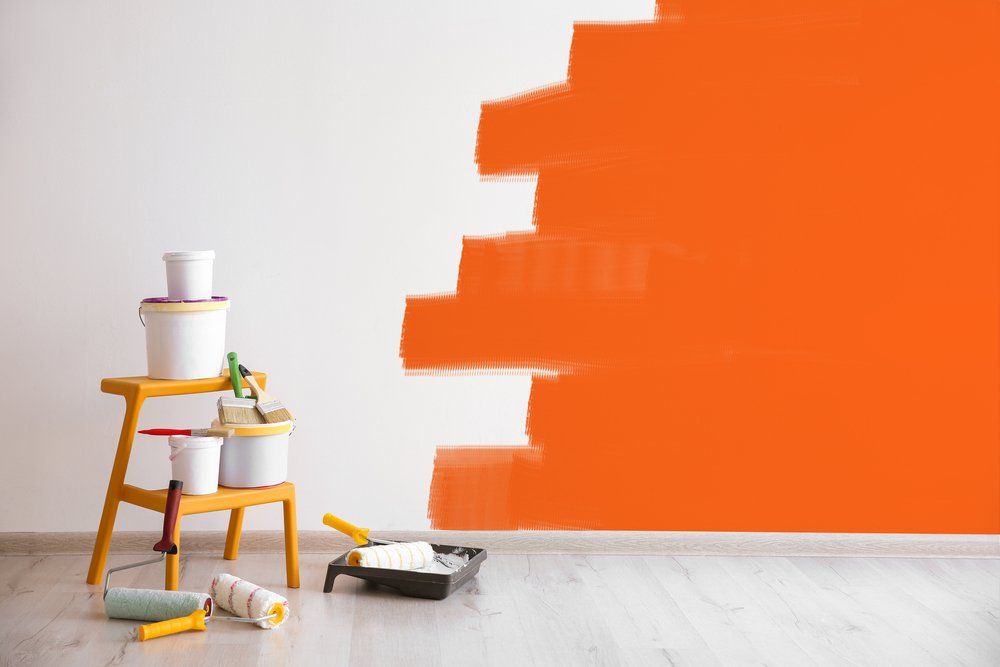


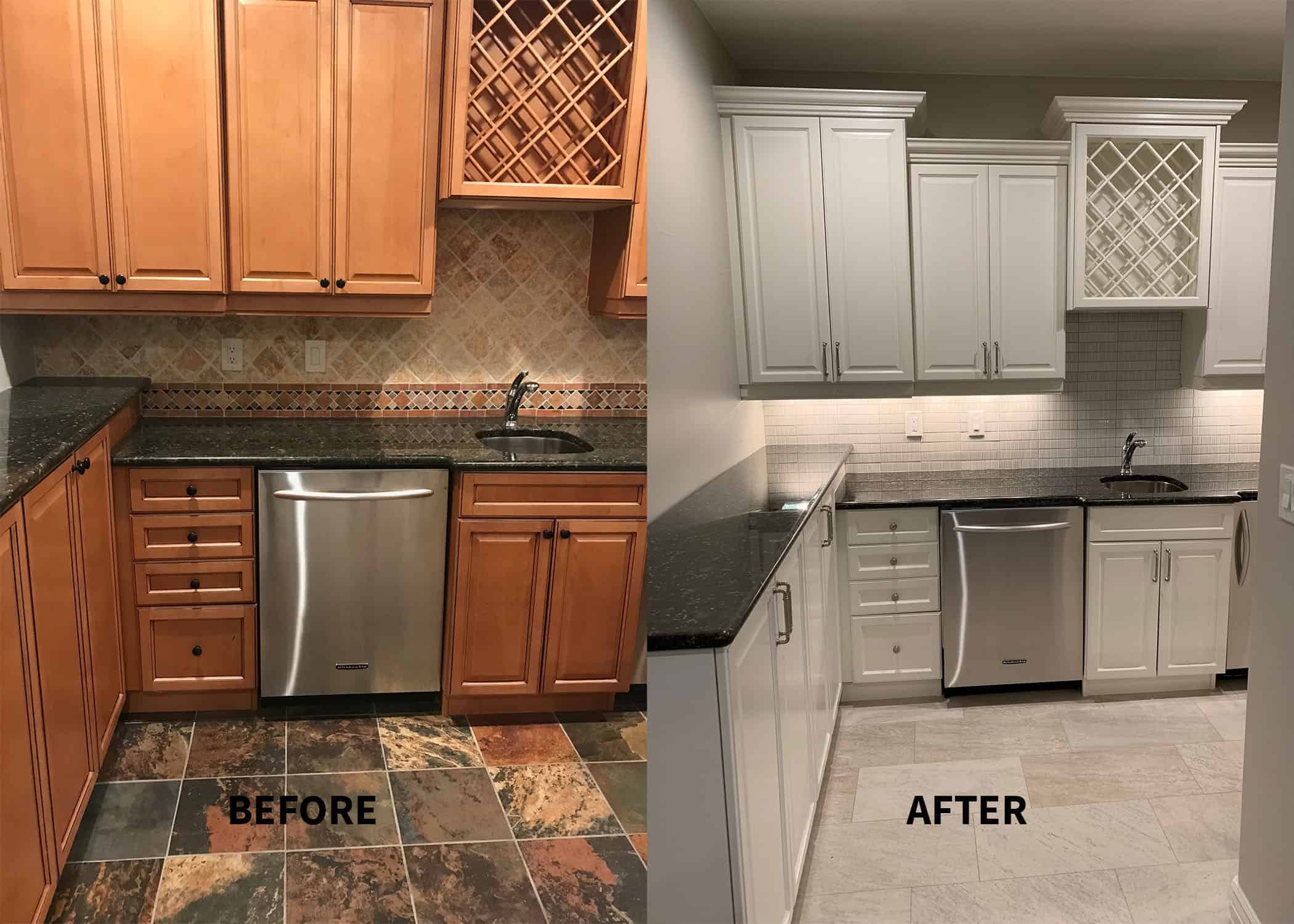

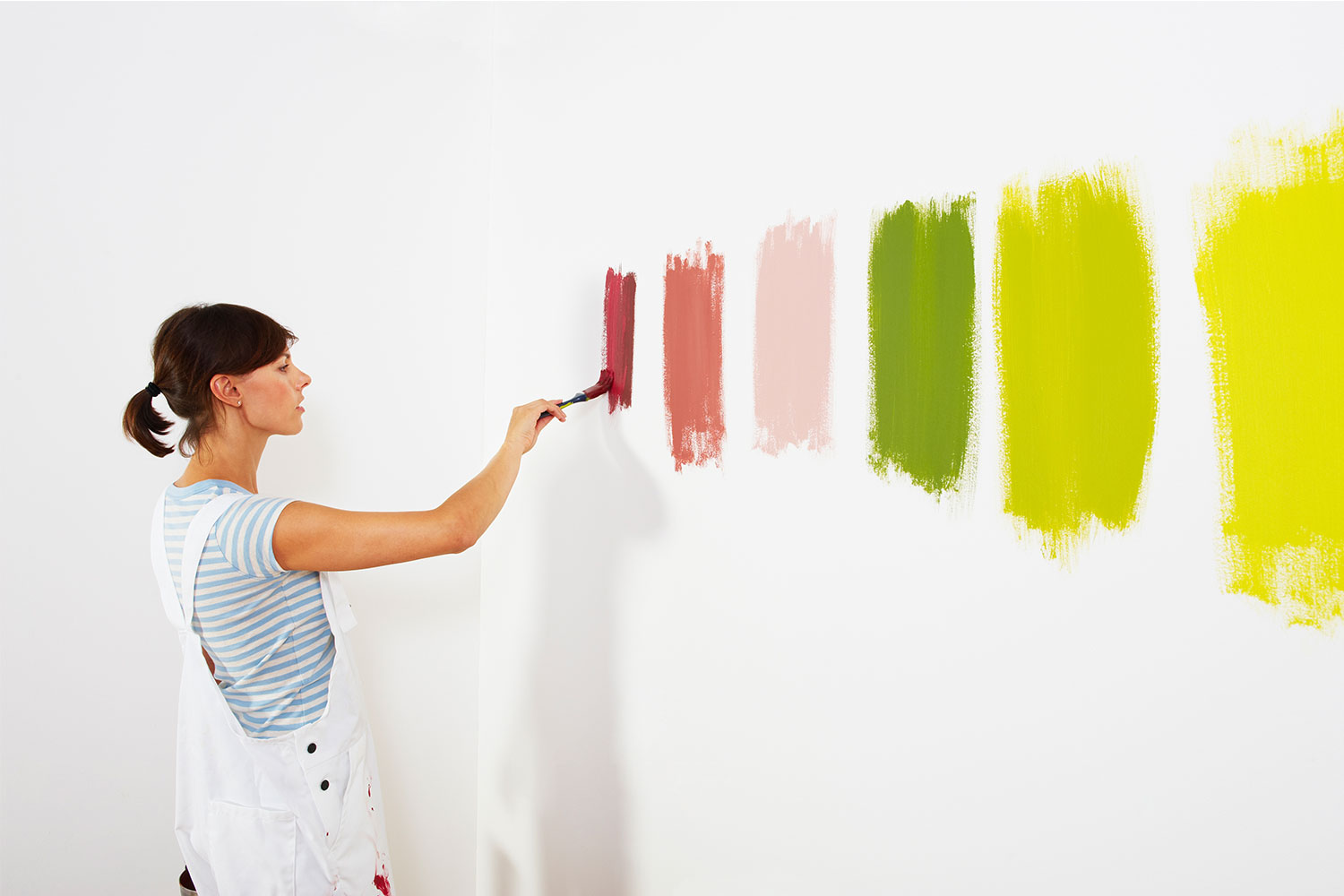


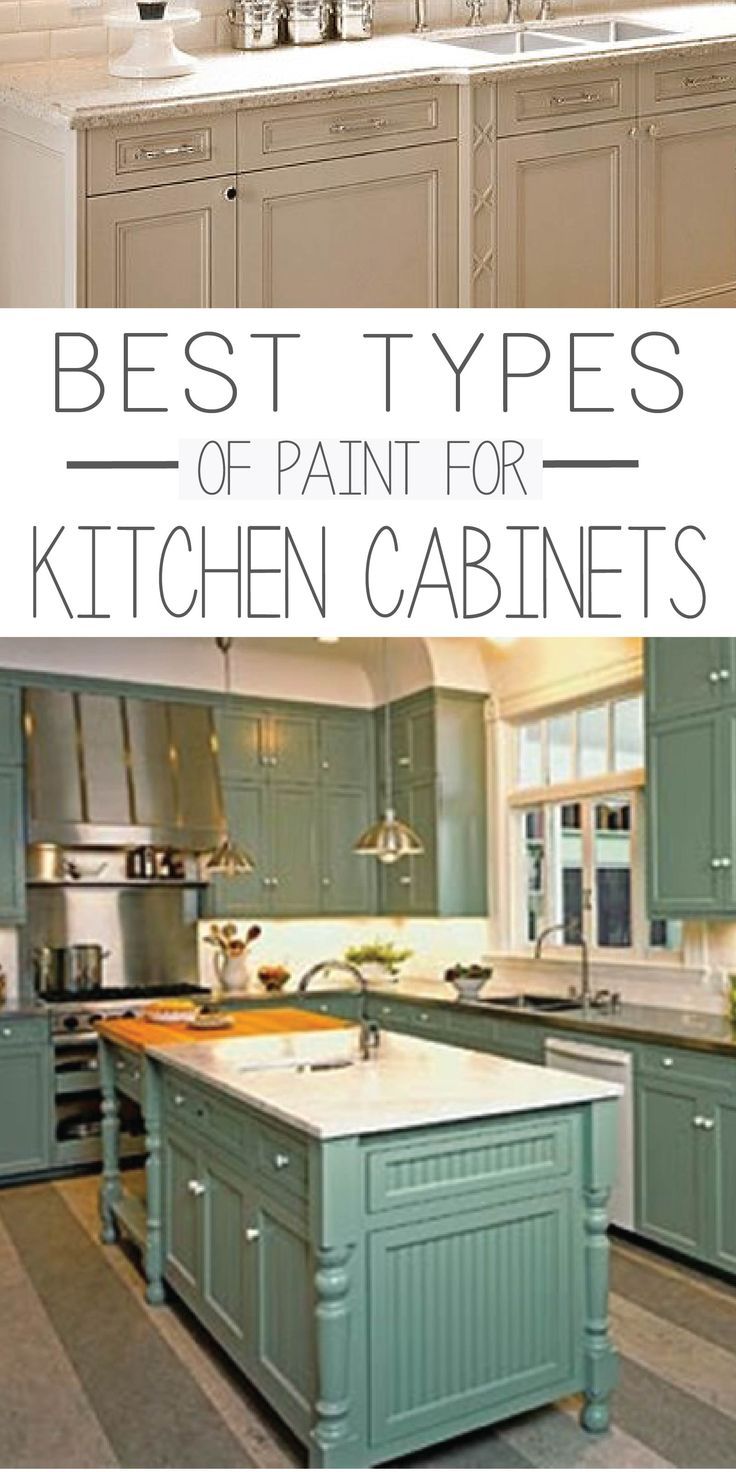



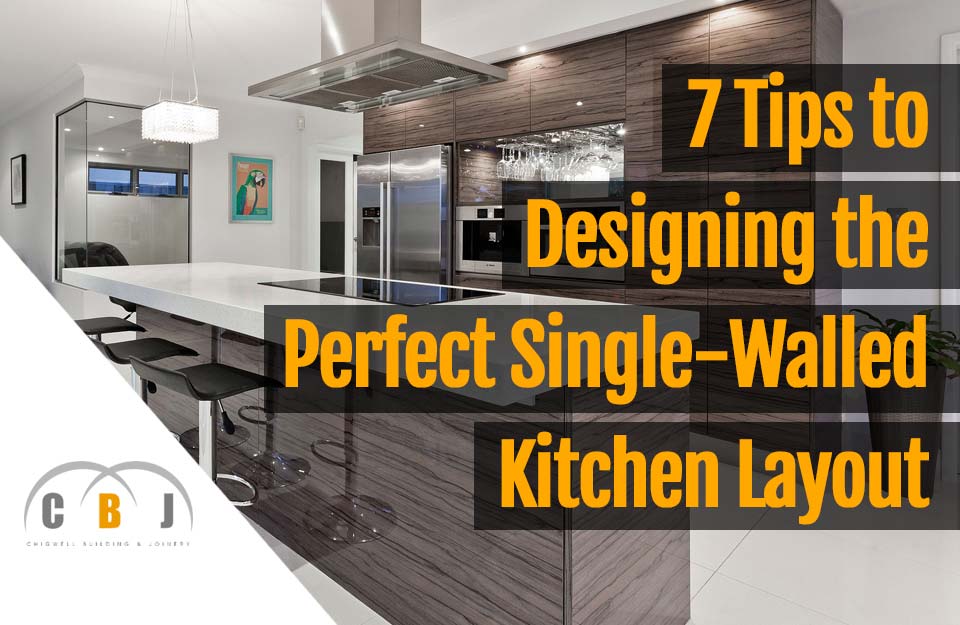

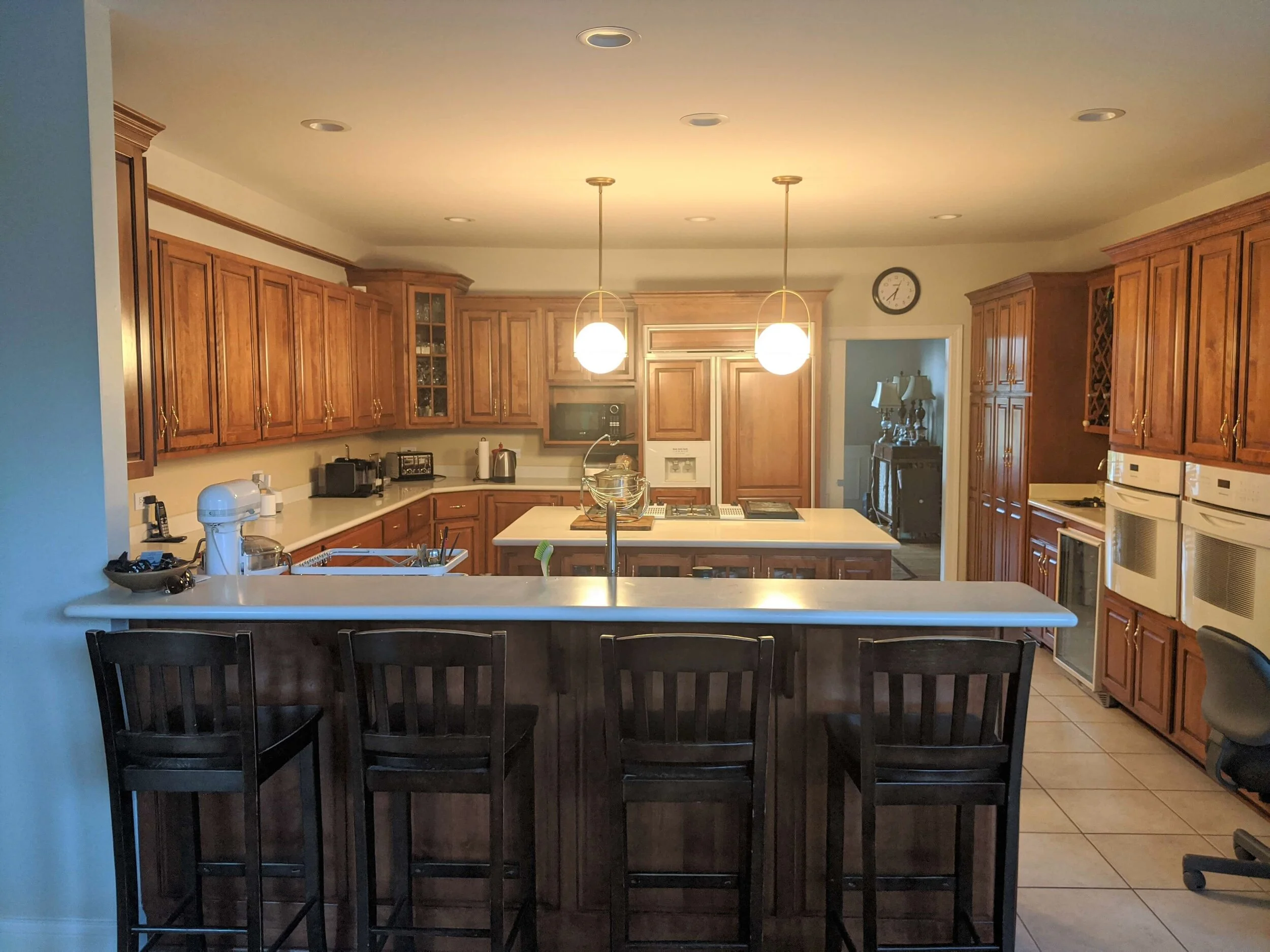

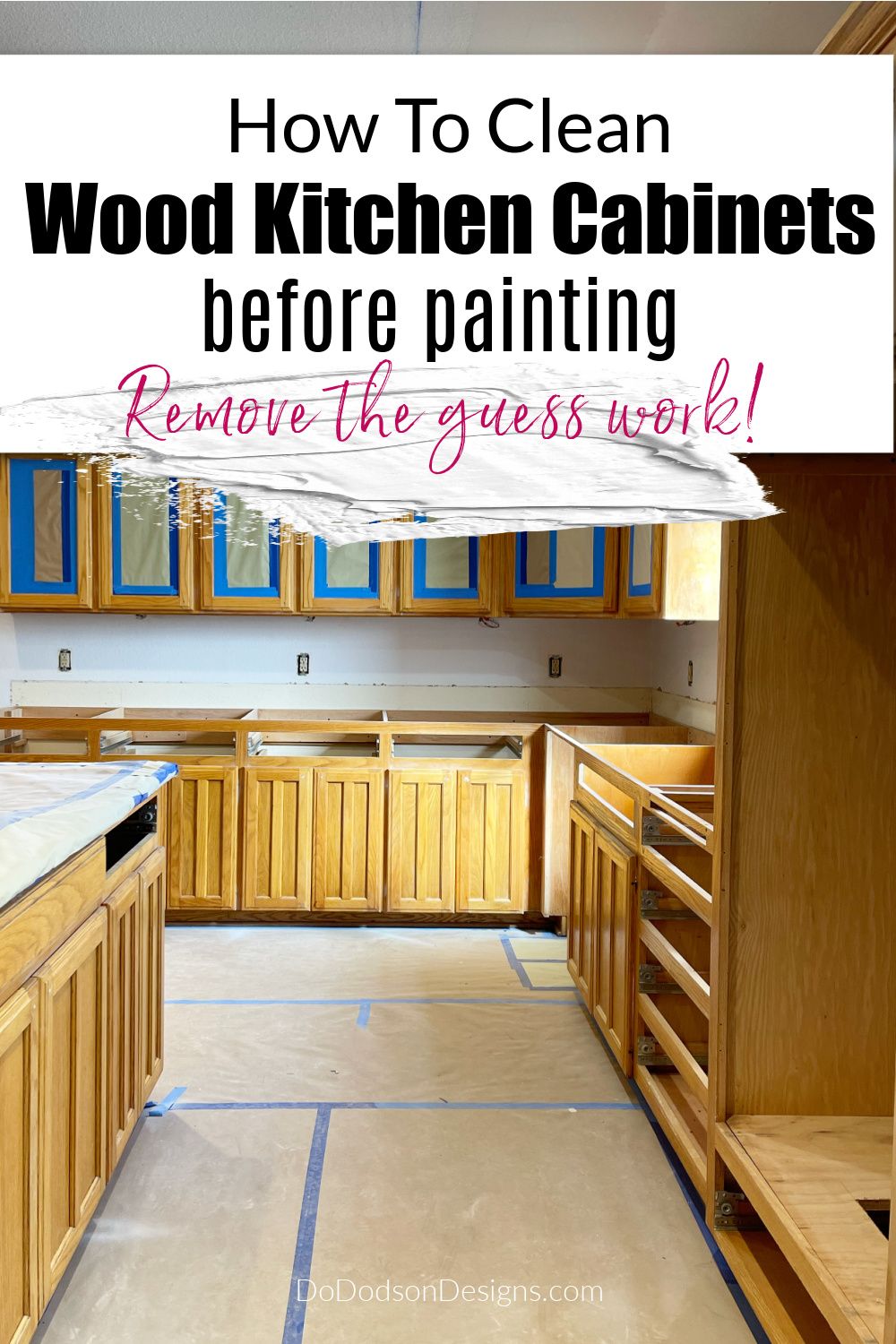

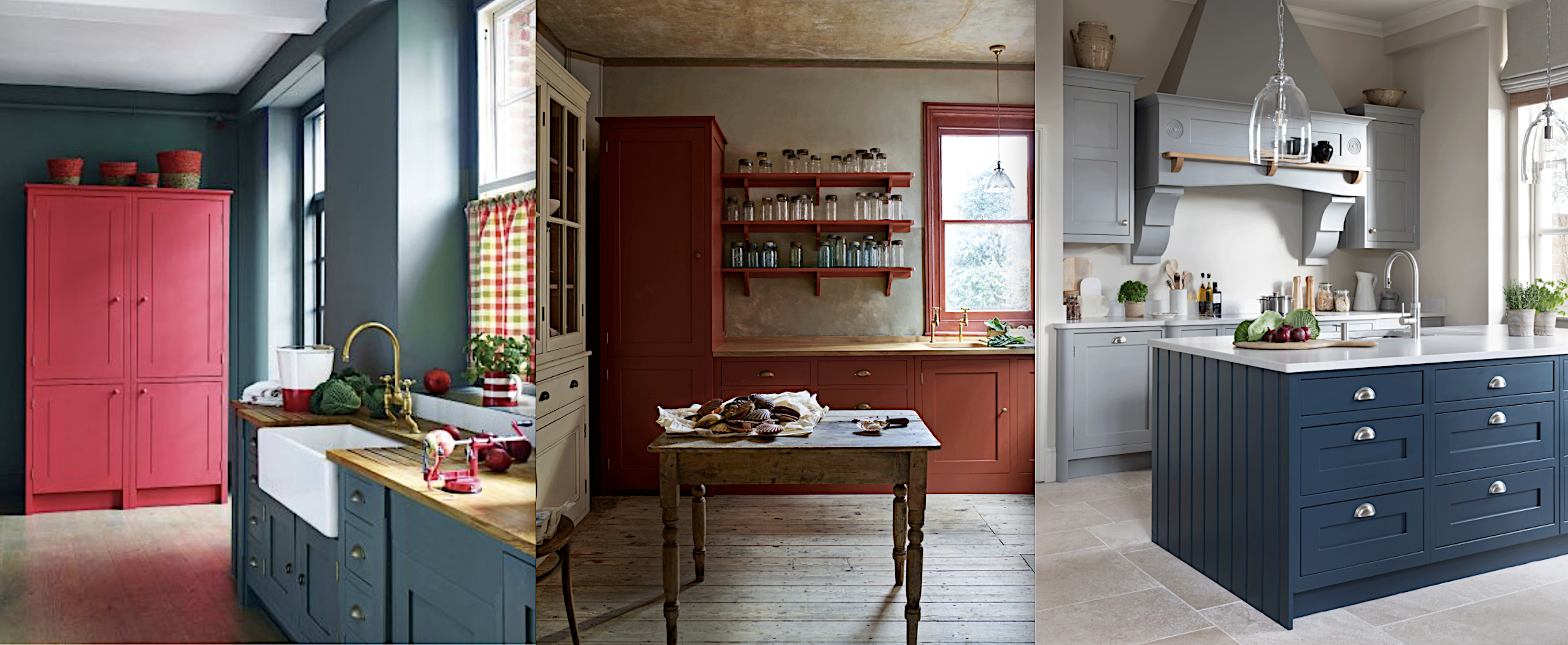
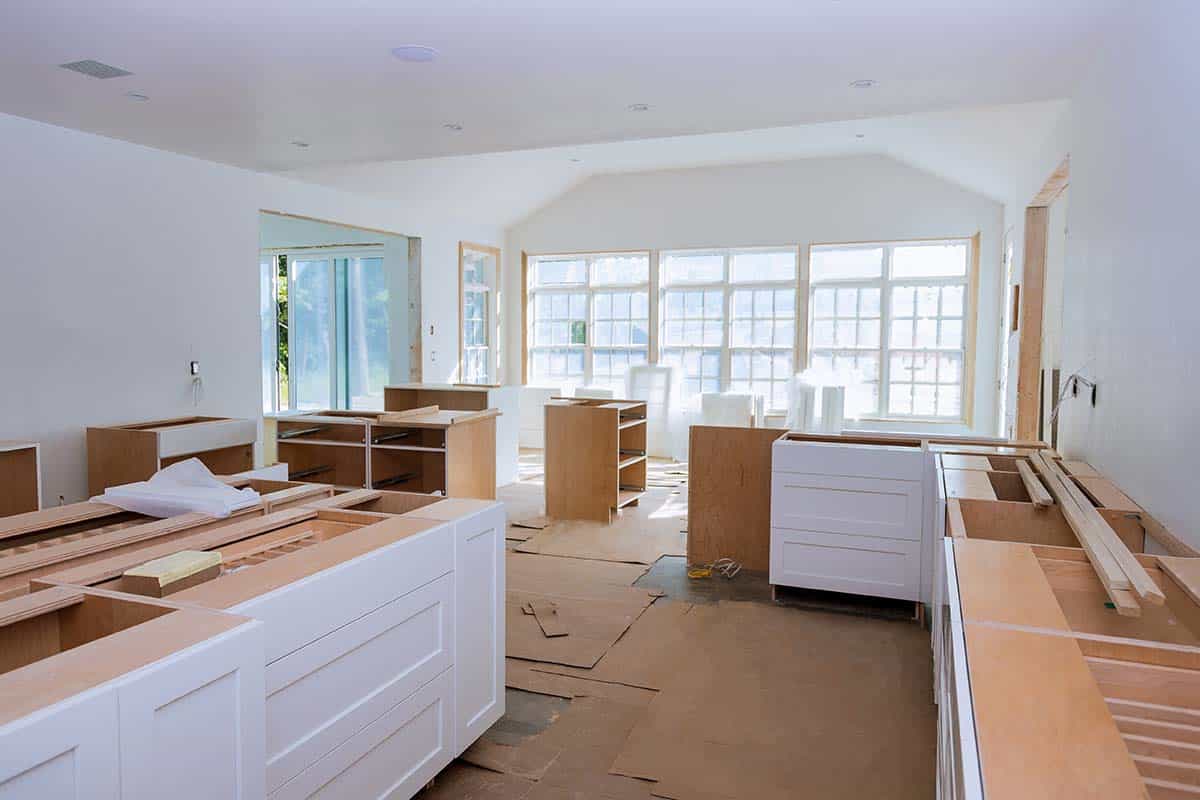

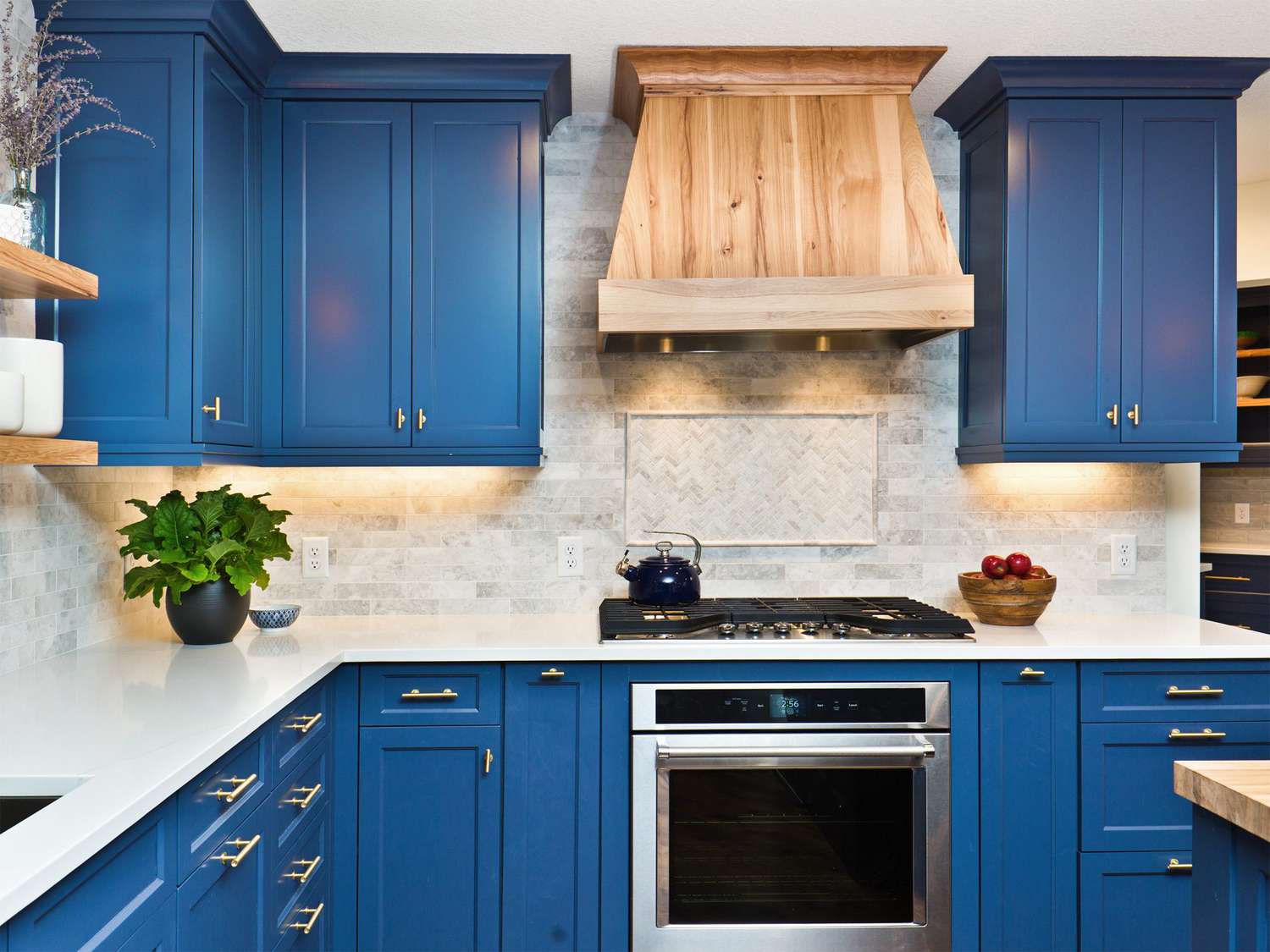
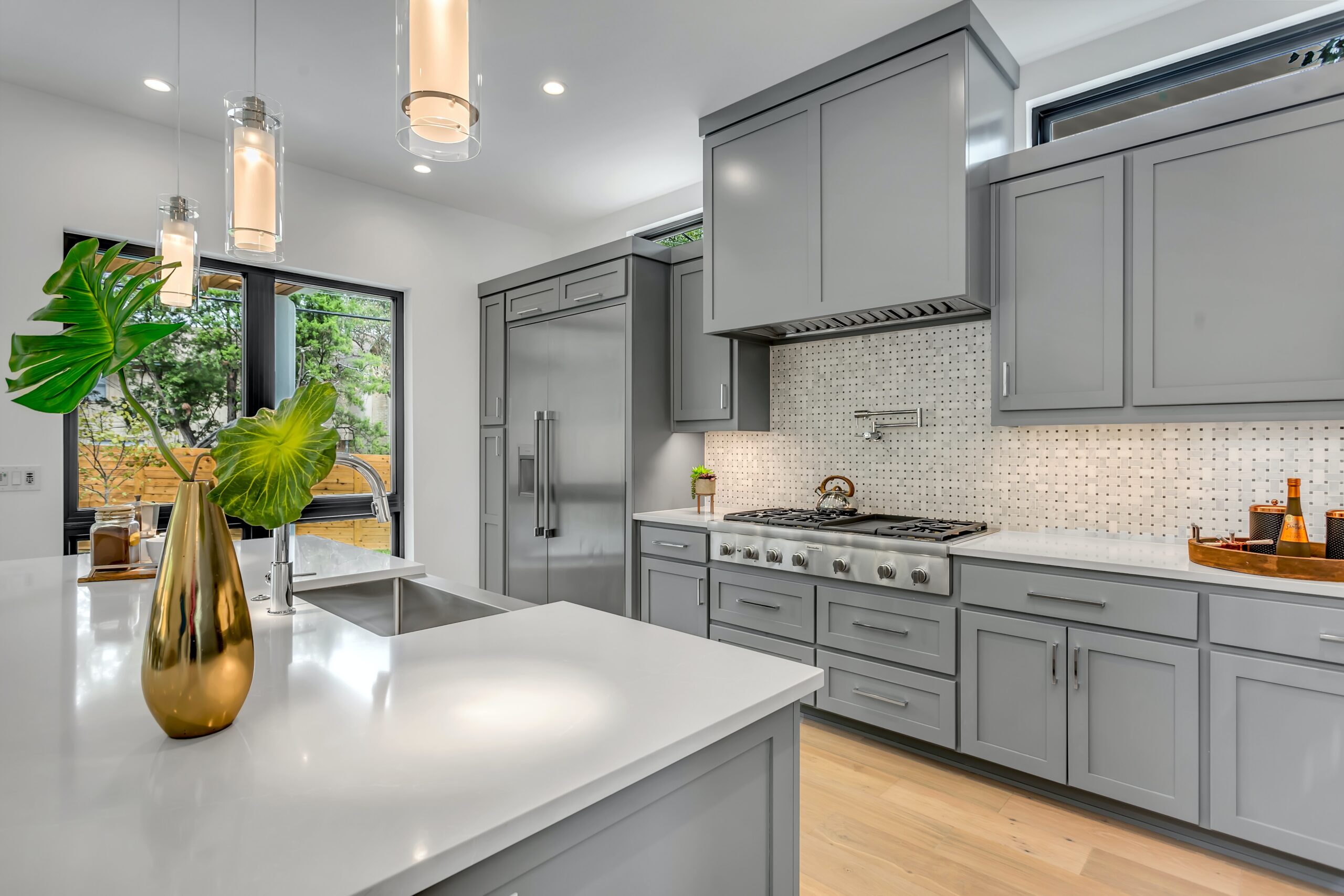
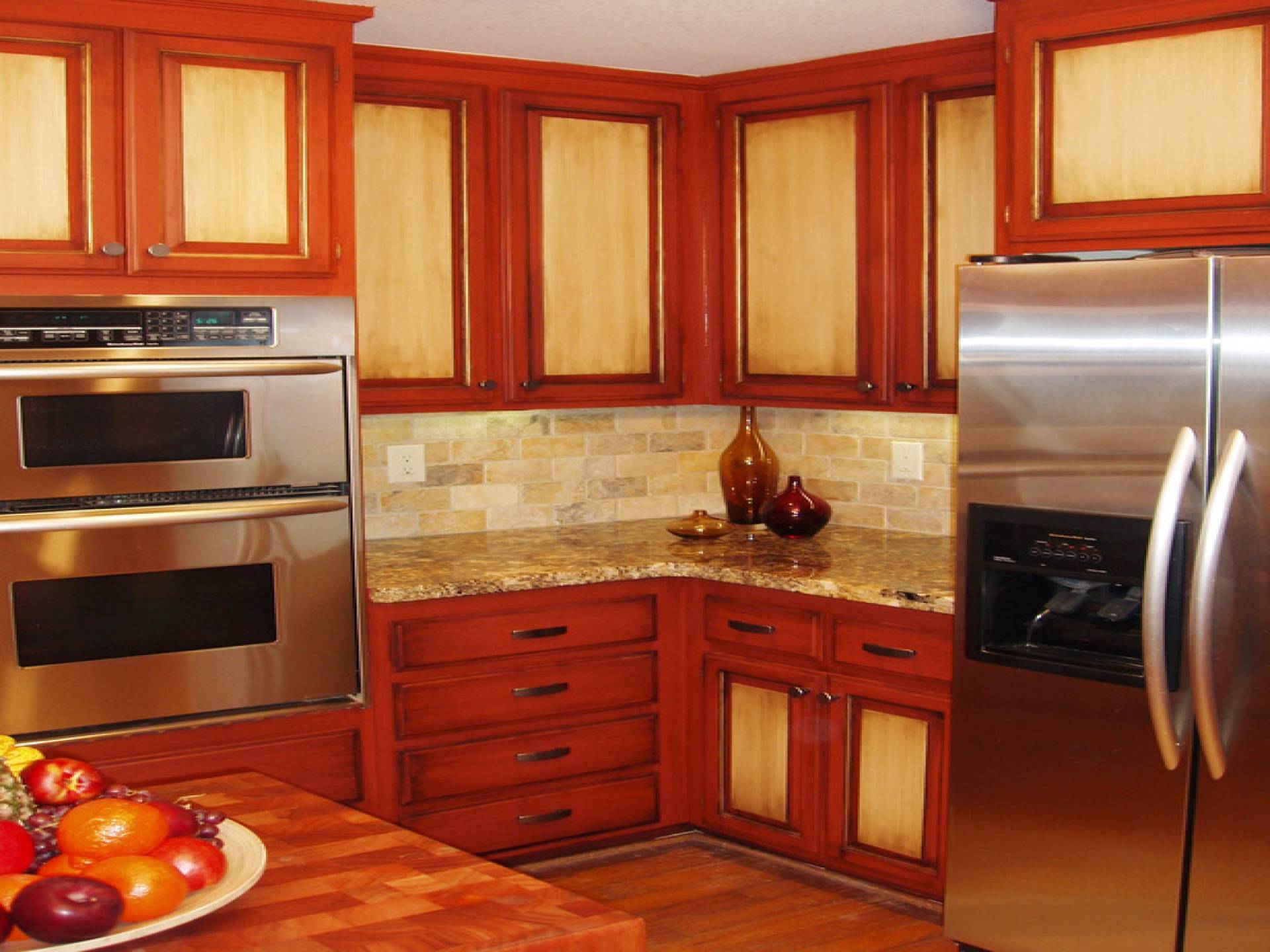
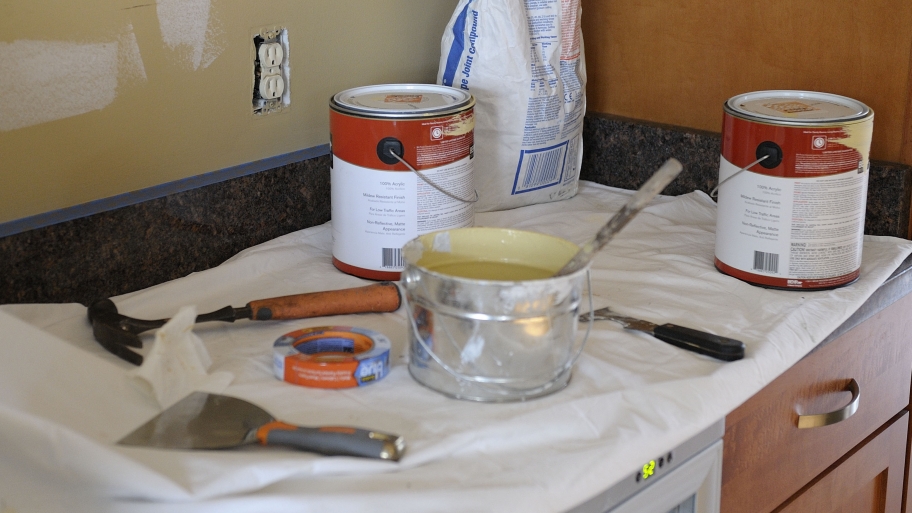





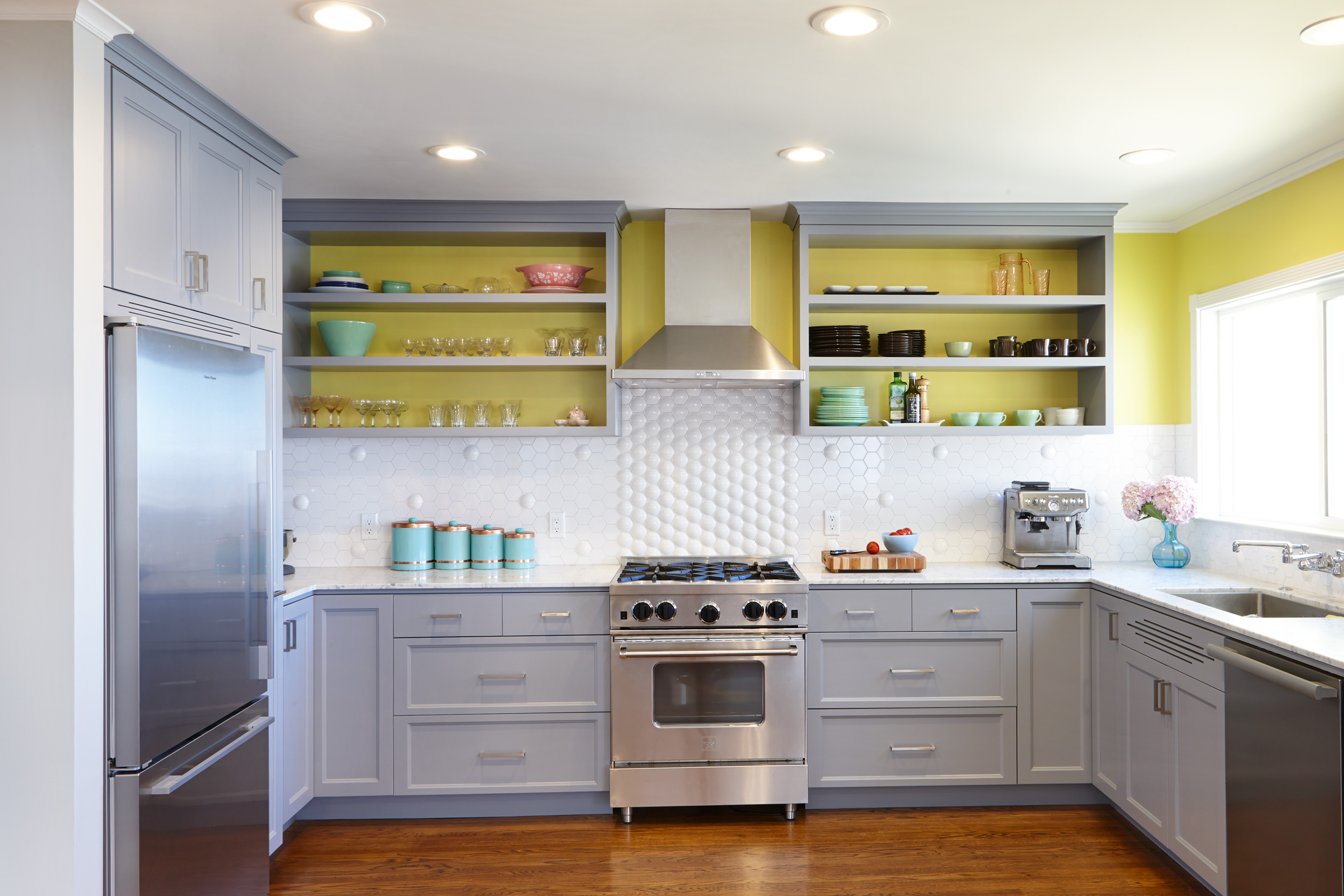


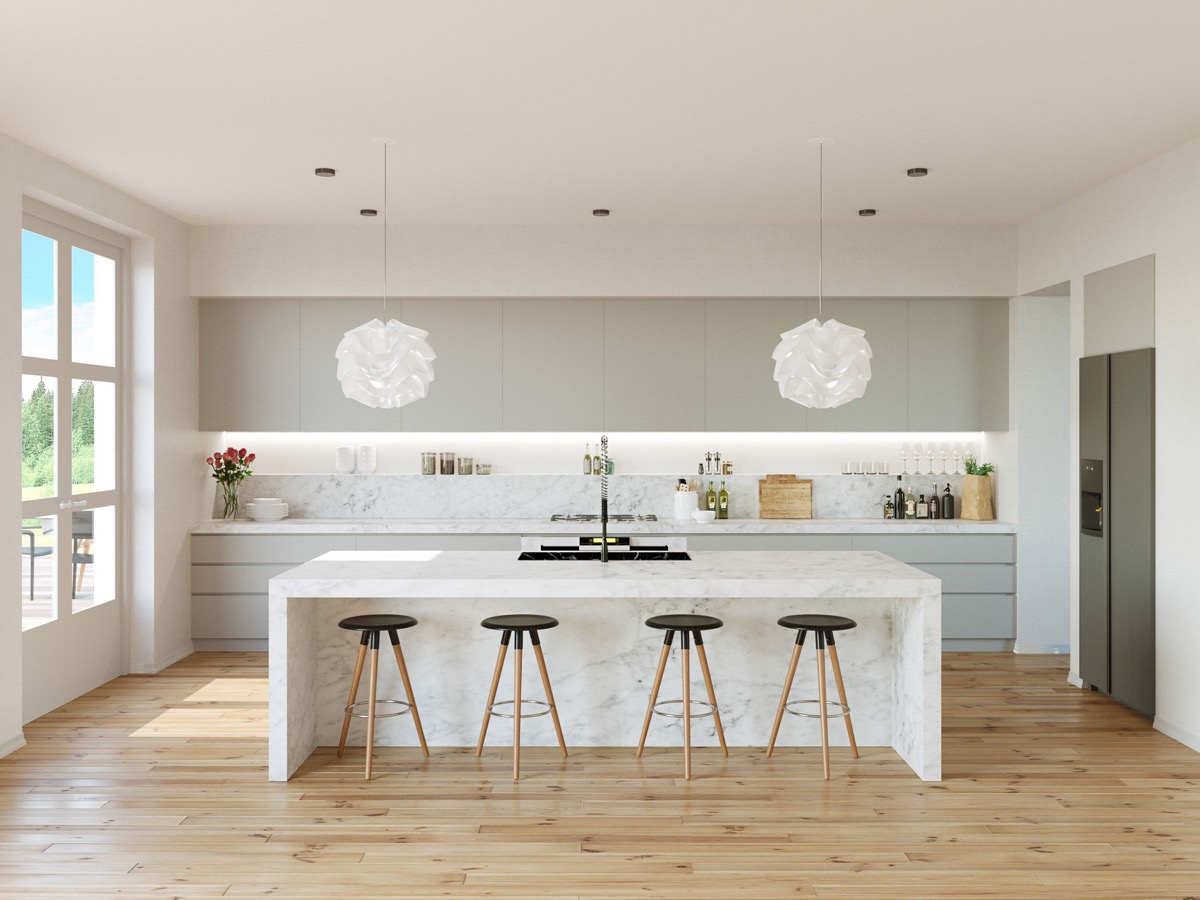
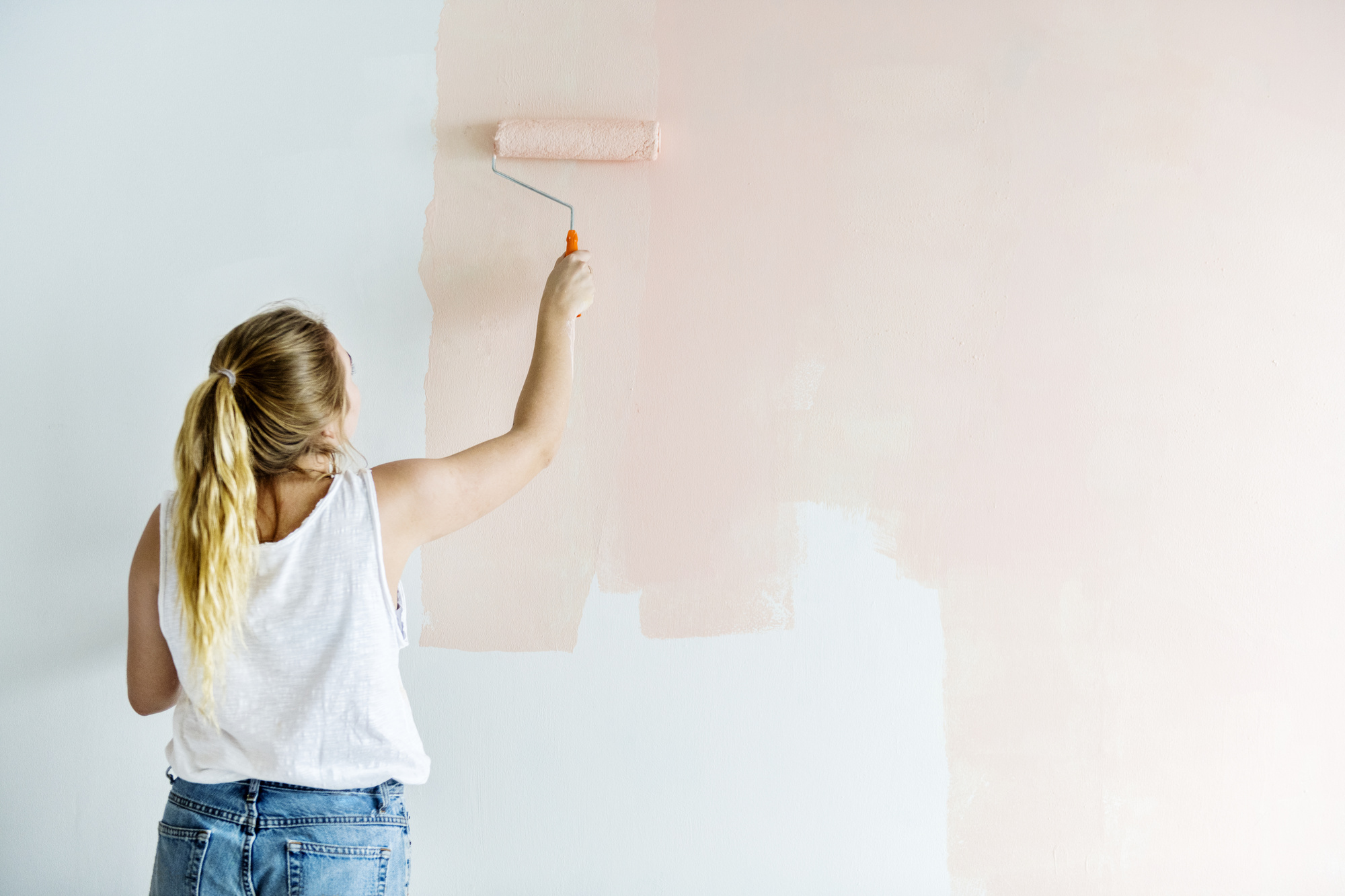






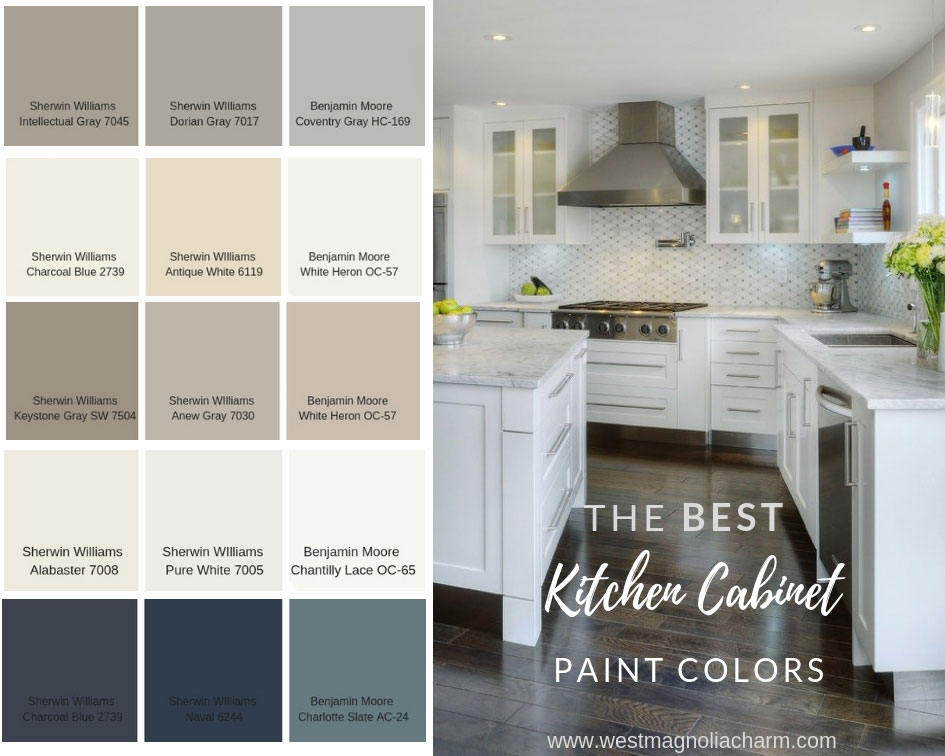

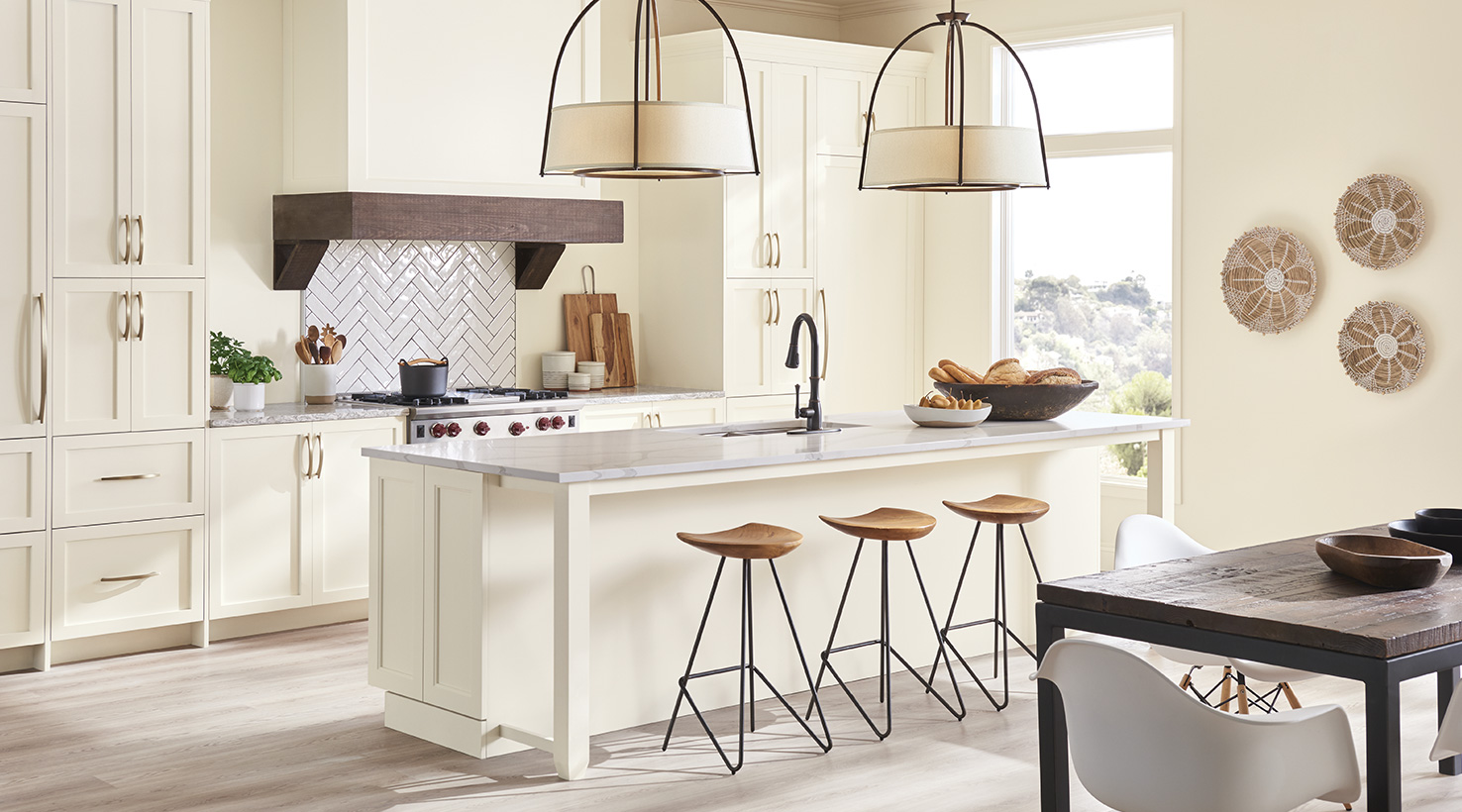

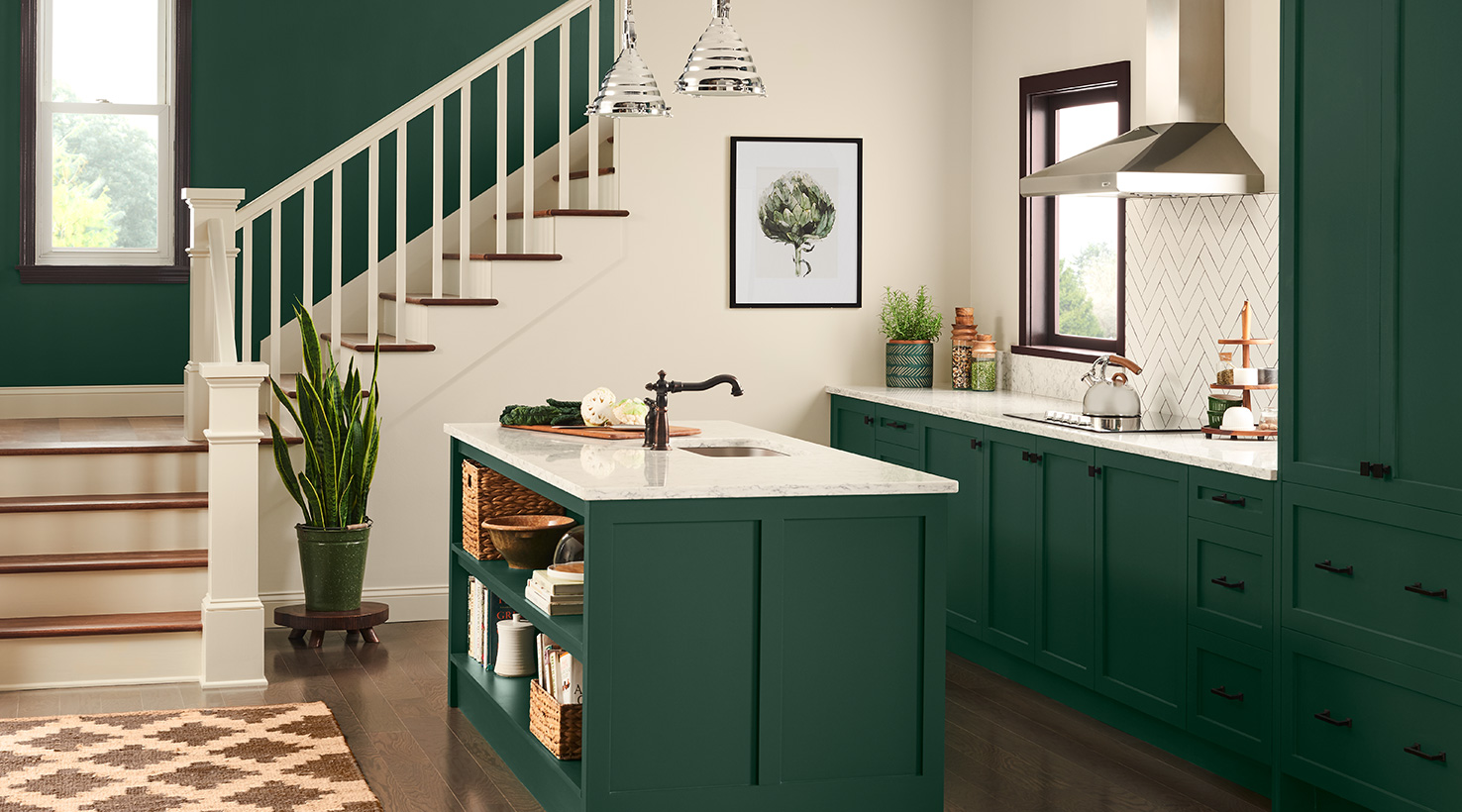
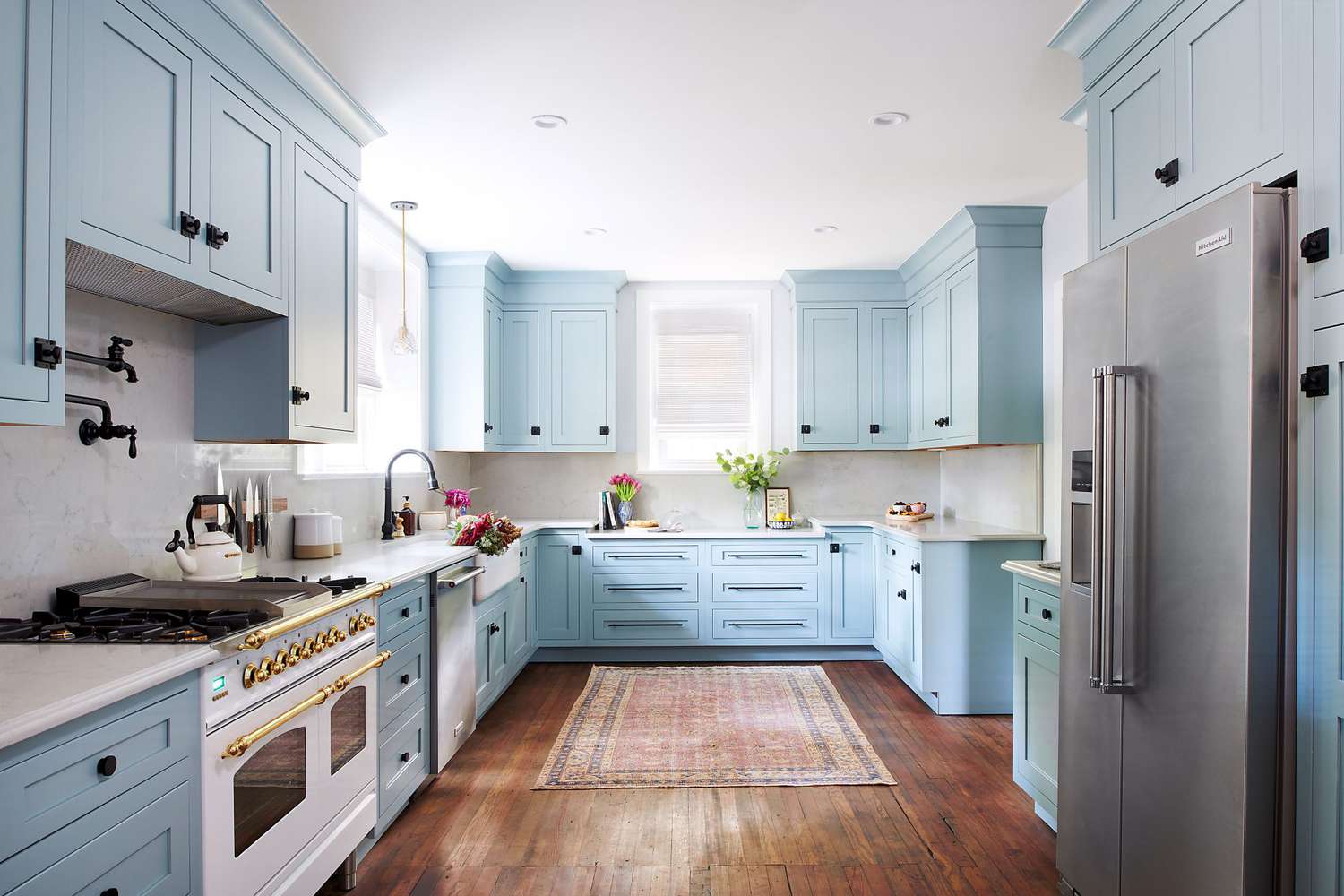










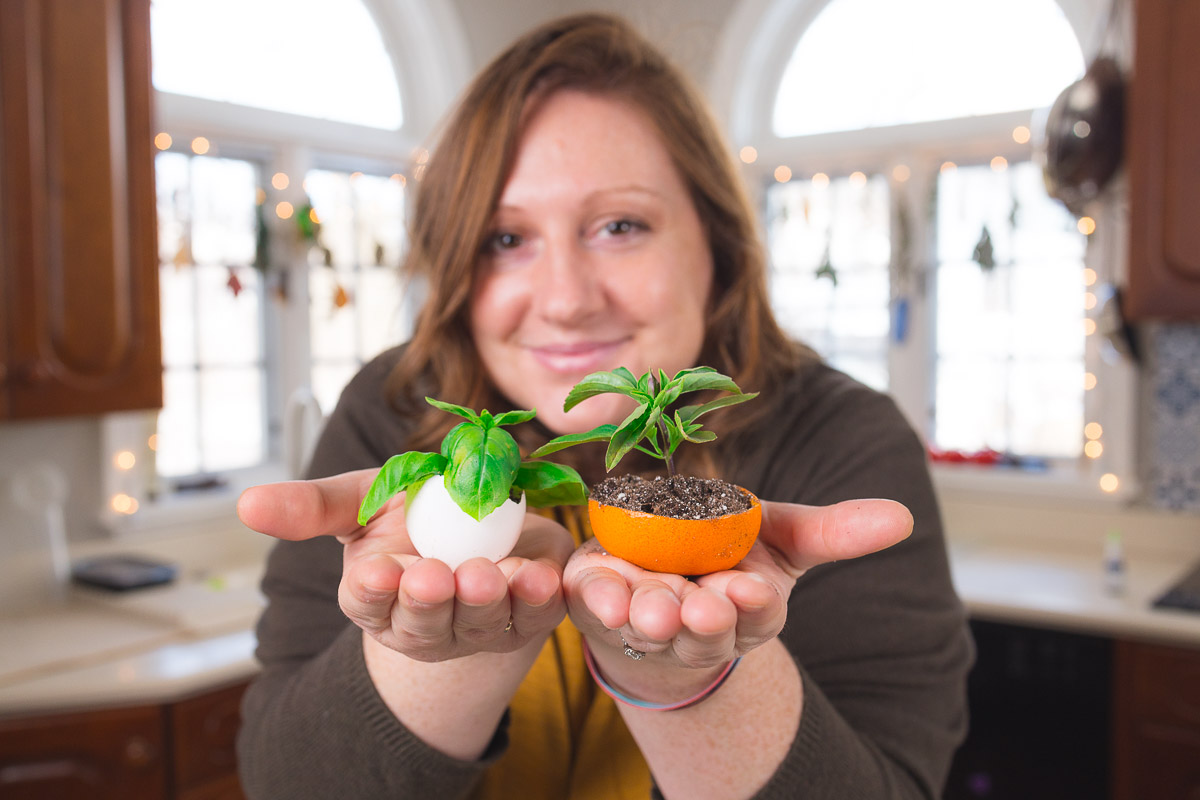









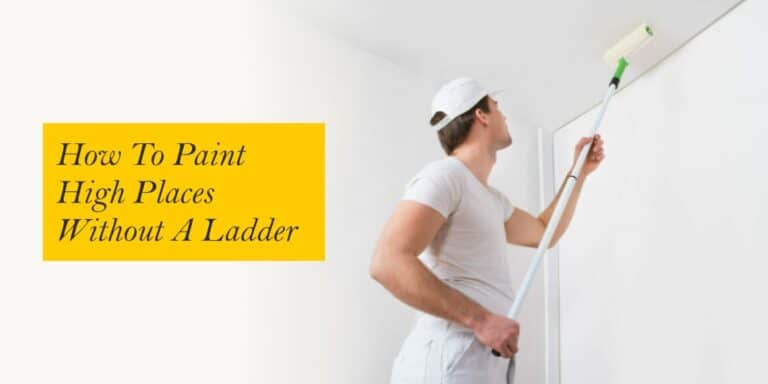
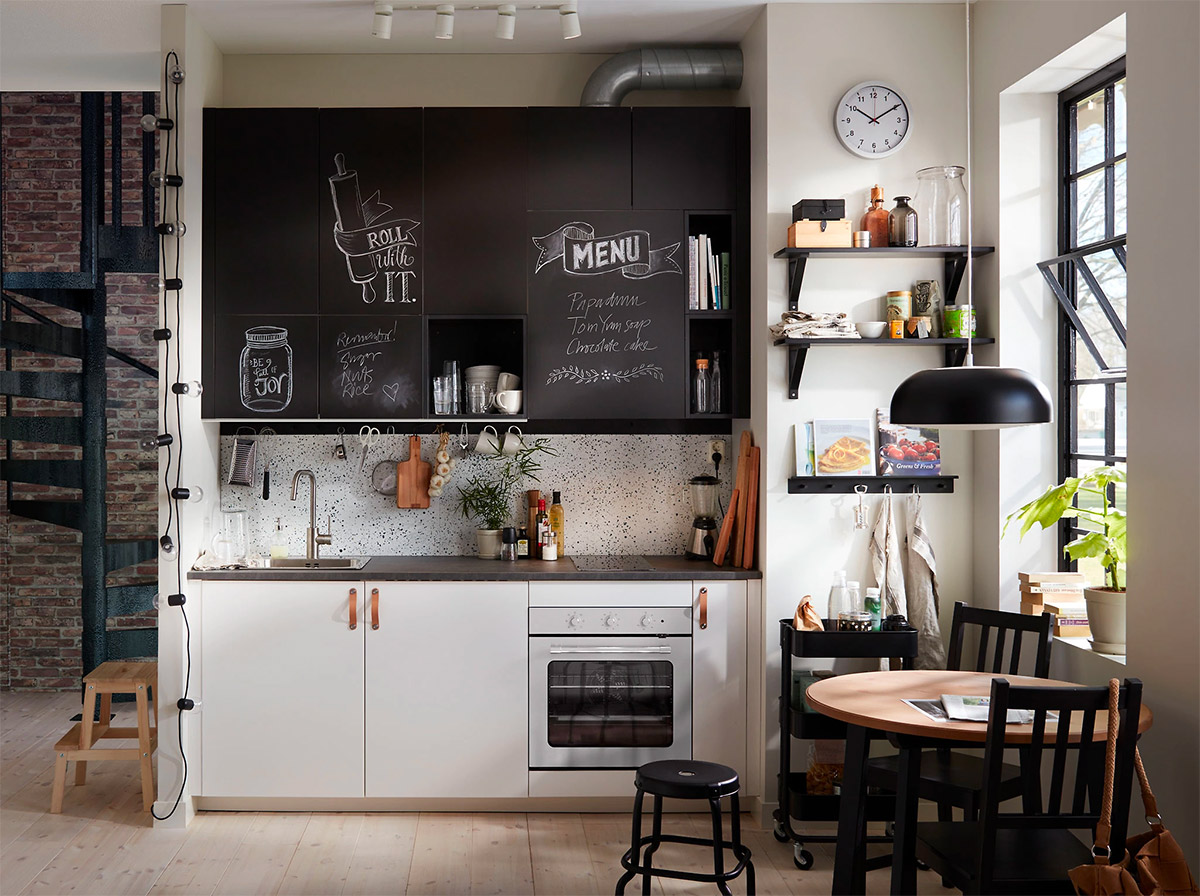
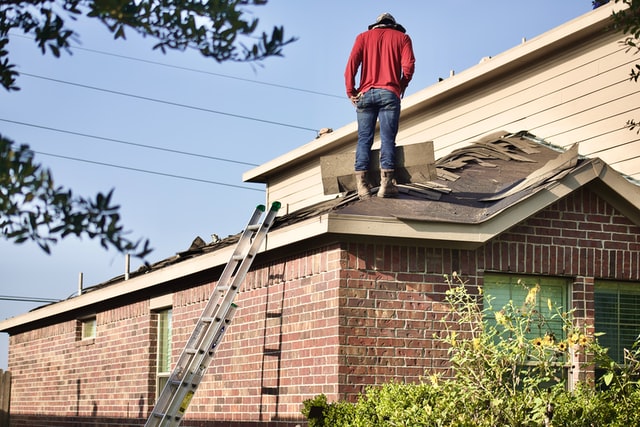

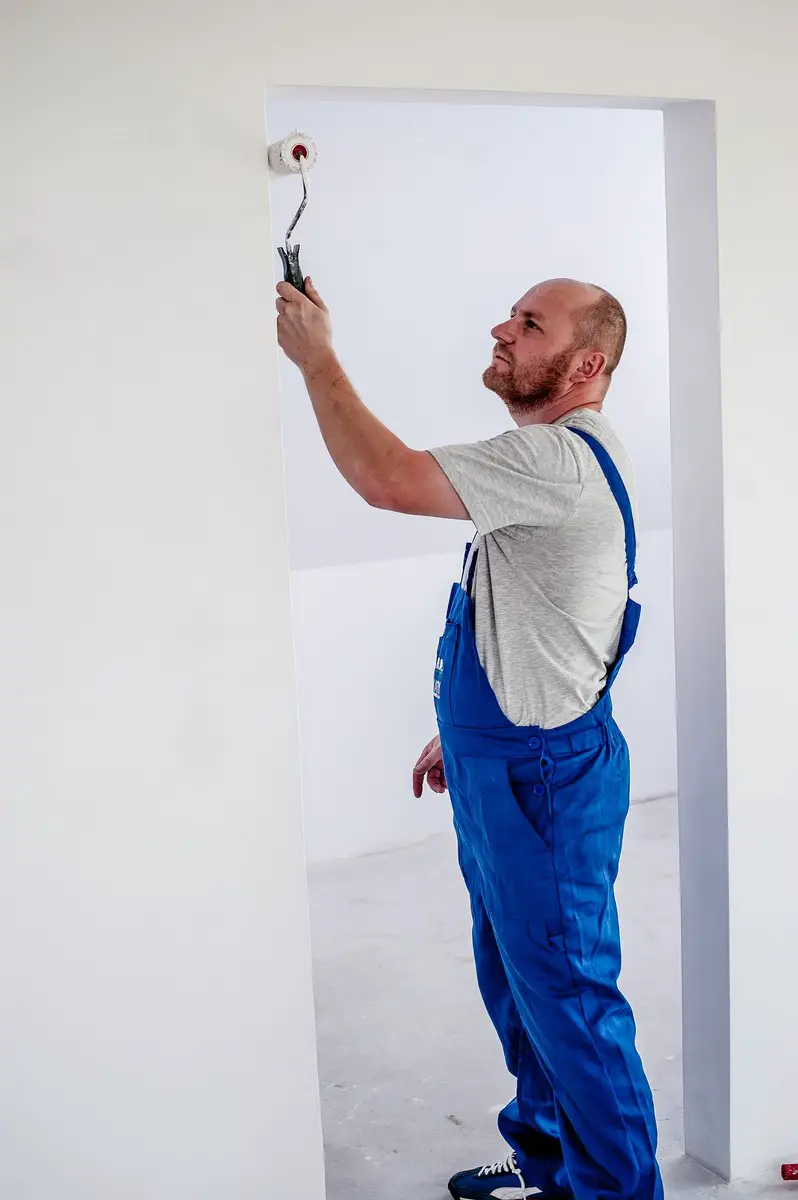

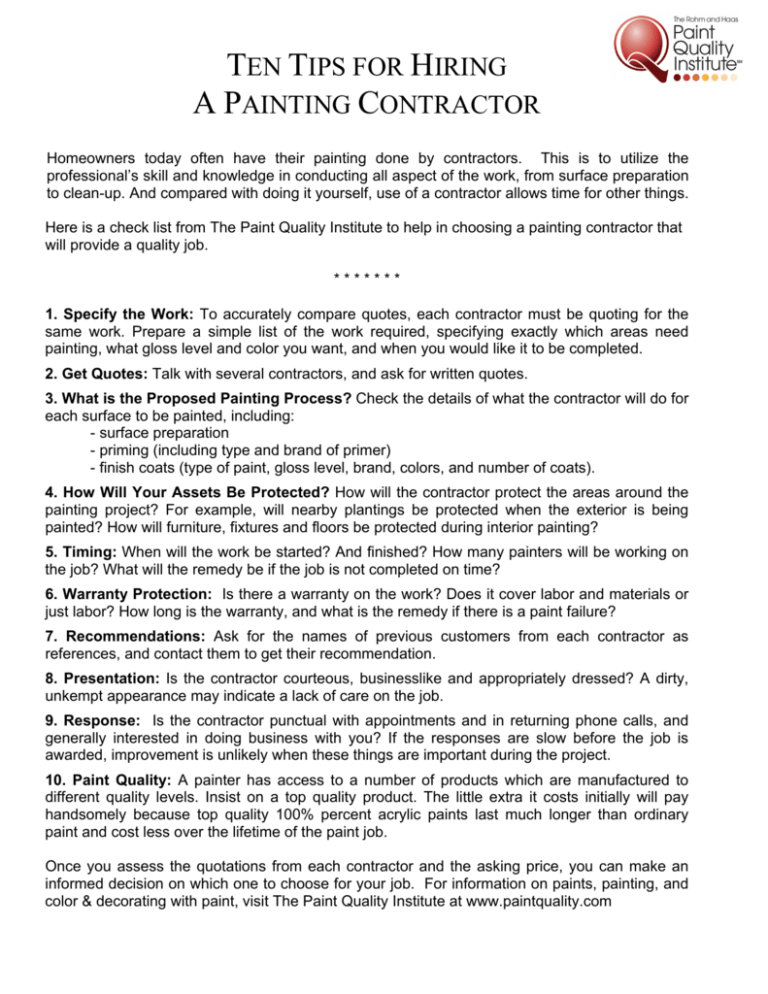




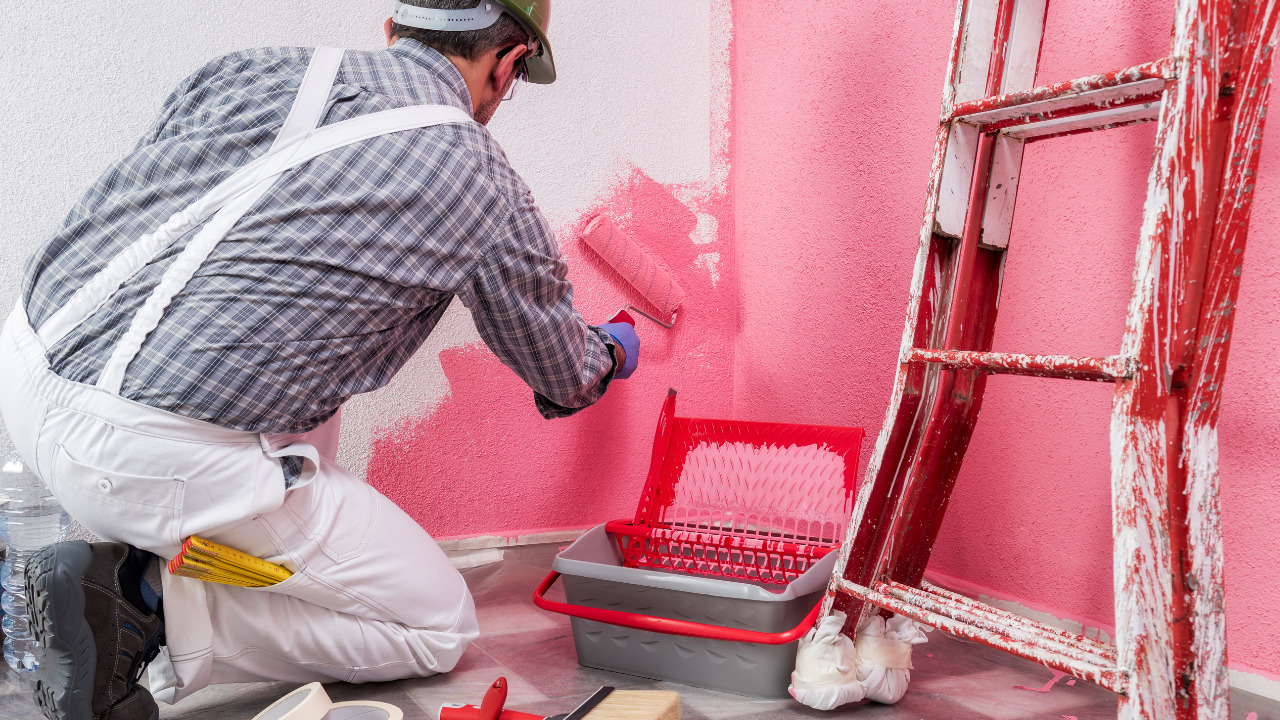

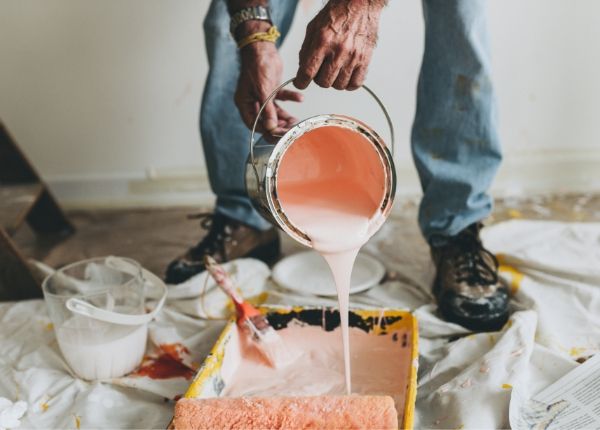



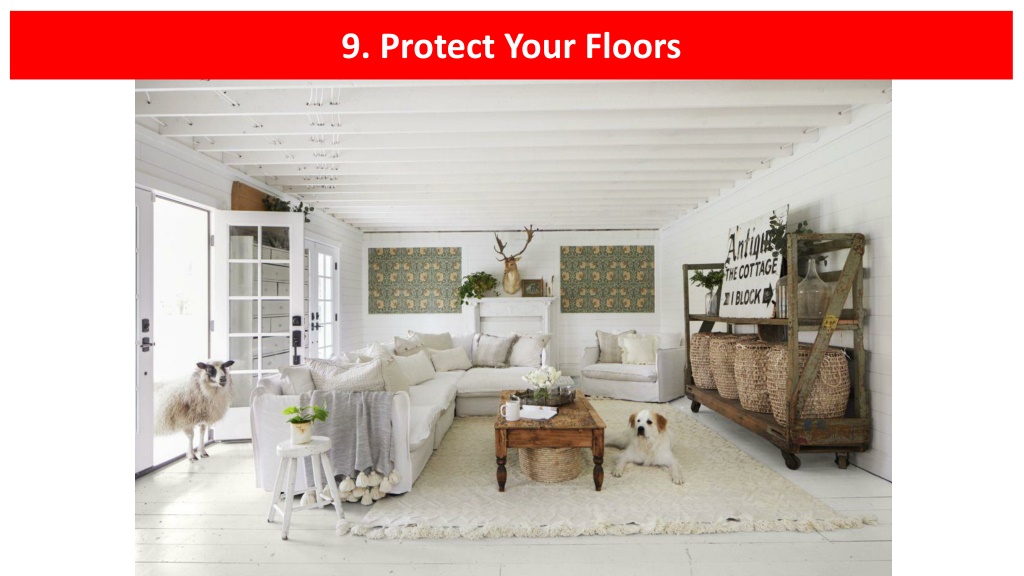



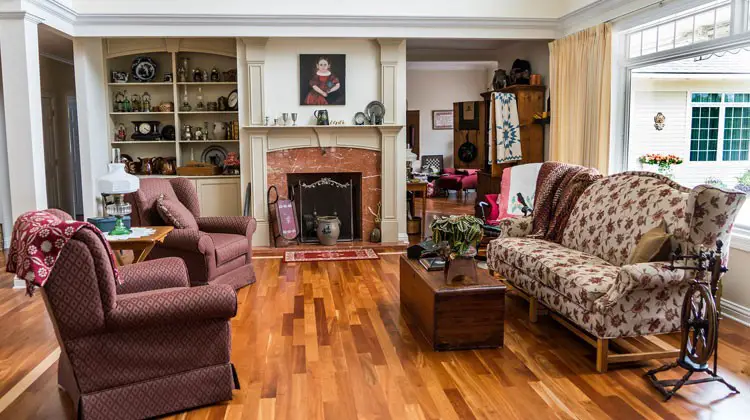



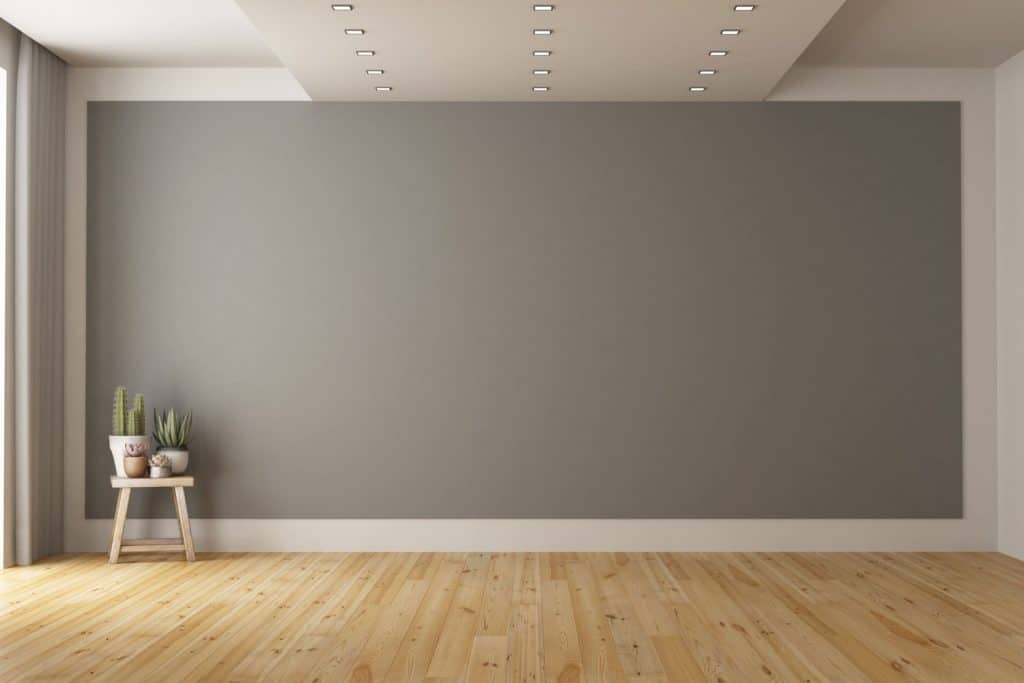












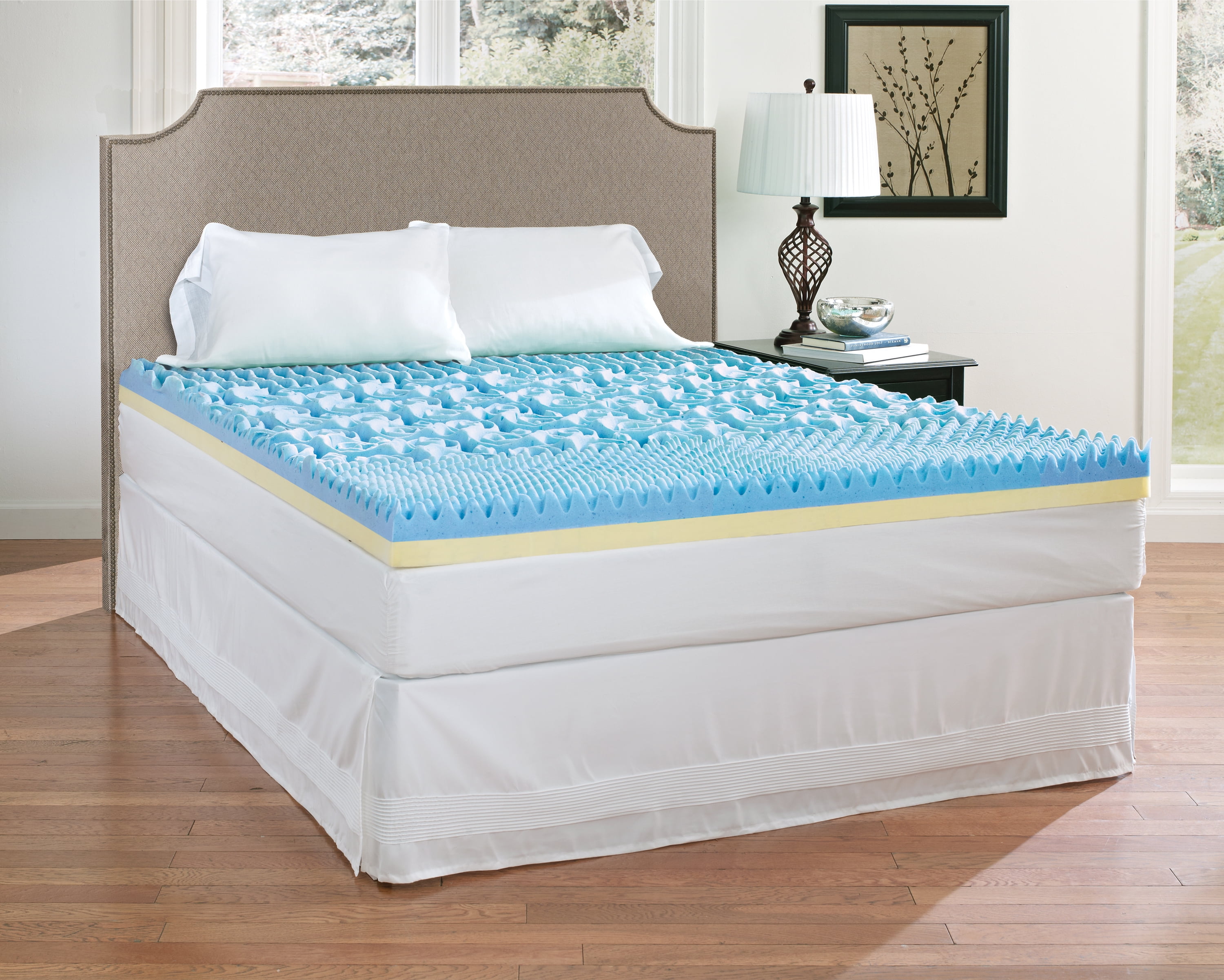

/arrange-furniture-awkward-living-room-5194365-hero-6738bbe71fea4187861db7ad9afbad44.jpg)
